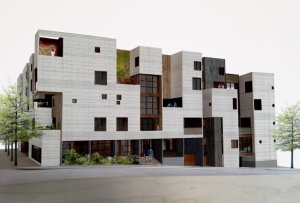By Alice Heathcote
Annawadi sits beside the road to the Mumbai airport, on “a stretch where new India and old India collided and made new India late”
Behind the Beautiful Forevers, Katherine Boo
After much insistence my mother, I recently started reading ‘Behind the Beautiful Forevers’,a non-fiction work from Pulitzer prize-winning journalist Katherine Boo. The book follows the lives of the inhabitants of Annawadi, a slum settlement in the shadow of luxury hotels near the Mumbai airport. The main character, Abdul Hussain, is a Muslim teenager who turns an increasingly success profit through reselling the recyclable garbage that richer people throw away. He begins to dream of a life outside of Annawadi, and even a wife who ‘does not care that he smells’. His success catches up to him however, when his next-door neighbor attempts suicide and he is falsely accused of her murder.
At this point, the true tragedy begins to unfold. In the legal vacuum of Annawadi, the Indian police are anything but a force for good. Despite the fact there are hundreds of residents to prove his innocence, Abdul is charged. The police know his family has money stored away and they have an angle now for getting a slice. Police officers arrest the accused and demand bribes; when Abdul’s mother refuses to pay most bribes, family members are imprisoned and beaten. The story gives us an inside view of the Indian criminal justice system, in which success will attract resentment, unwanted attention from authorities and a higher price tag to buy yourself out of jail. Continue reading →



